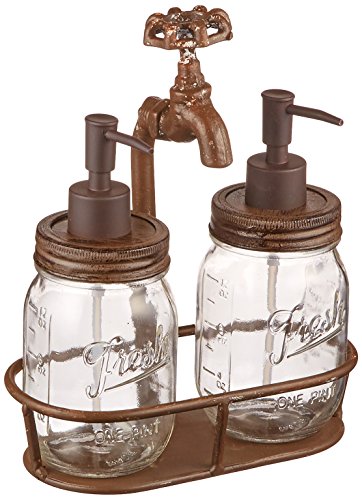Bathrooms need great lighting – get it right and you’ll always look great first thing in the morning!
Lighting is a key aspect of any successful room, and bathrooms are no exception. In fact, you need different kinds of lighting in your bathroom just as you do in a living room or kitchen, so it pays to investigate the types of lighting available before you go ahead and buy anything.
Bathrooms that light the way
Whether you’re updating an existing bathroom or building a new one from scratch, you need to include the lighting in your plan. If you can, use existing cabling because this will help to keep your costs down, but always check with an expert that the wiring in your bathroom is up to standard. There are tough safety regulations relating to electricity and lighting in bathrooms, and you must make sure that your lighting meets those requirements for the safety of you and anyone who uses your bathroom. Once you’re happy with the safety of you electrics, you can begin to plan to sort of lighting you want:
Natural light – this is the most important light of all. If you can maximise the natural light in your bathroom, you’ll automatically create a more welcoming environment. You might even want to think about enlarging the windows you have in order to let more light into your bathroom. If you already have large windows, make the most of them by not dressing them at all, or only using light, sheer fabric that the light can shine through. If you’re worried about being overlooked, you can buy window film that you can apply to the window to give it a frosted or brushed effect, without reducing the amount of light that gets through.
Area lighting – rather than using massive overhead power to light your room, choose dedicated area lighting. Bathrooms today can have mirrors or cabinets with recessed lighting that help to give you the light you need for close-up jobs like shaving, without bathing the rest of the bathroom in unnatural light. You can also put in alcove lighting, and uplighting near basin or bath areas to create a warm atmosphere.
Overhead lighting – central ceiling lights aren’t ideal for bathrooms, but you can change the fittings and bulbs to provide a softer light. Many new bathrooms are fitted with recessed downlighters, which cast light directly onto the surfaces below, giving a warm reflective effect. Positioning these downlighters in key positions, such as over the shower cubicle helps to give you additional dedicated lighting. You might also want to consider fitting a dimmer switch to your overhead lights so that you can control how strong they are – but you should ask an electrician to do this for you.


